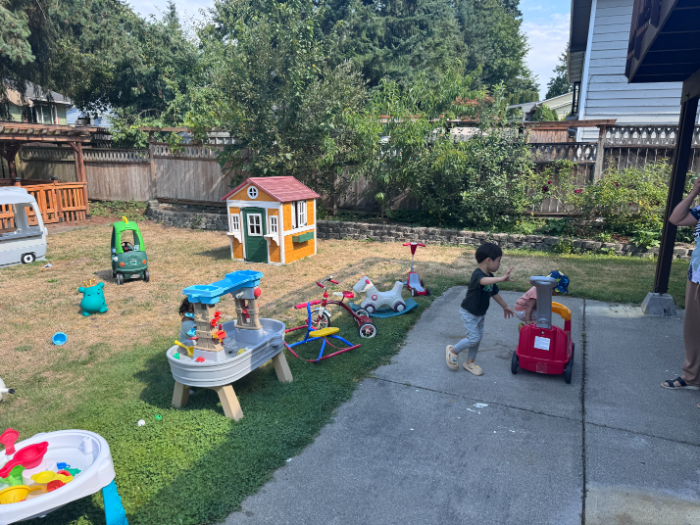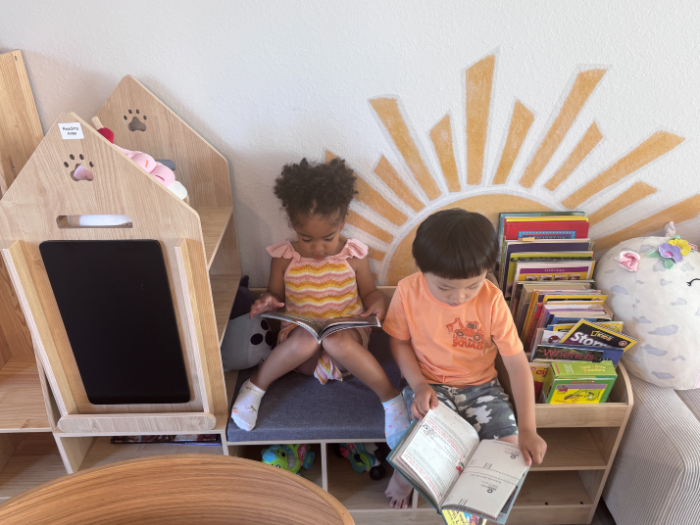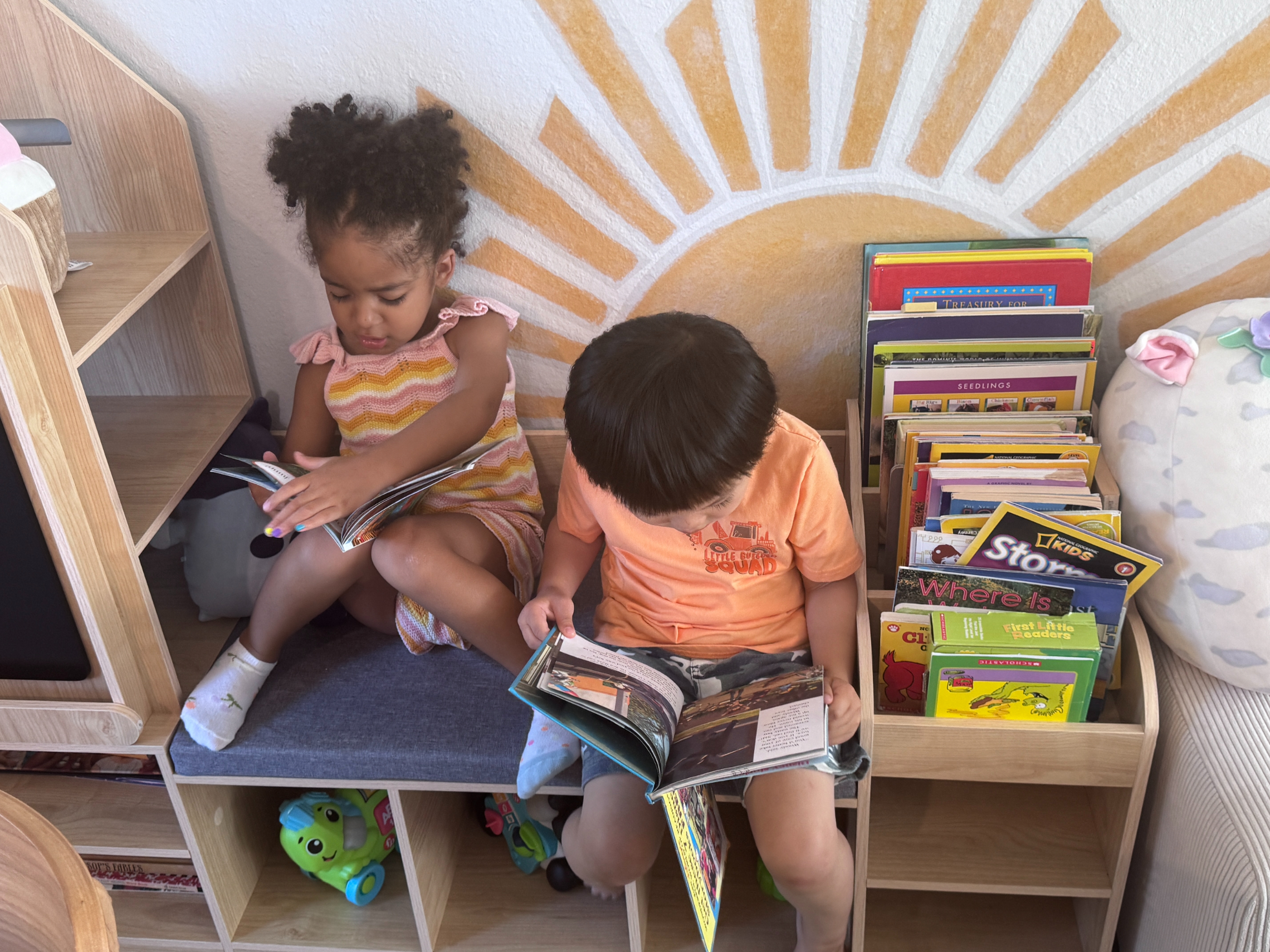Migrant and seasonal families face unique childcare challenges, from frequent relocations to language barriers. Over 4 million migrant children in the U.S. struggle with consistent childcare access, impacting their early development. This article explores practical strategies like flexible enrollment, bilingual resources, and community partnerships to create inclusive childcare environments for children aged 6 months to 5 years. Discover actionable solutions to support transient families and ensure young learners thrive, plus learn how providers can implement these strategies effectively.
Understanding the Needs of Migrant and Seasonal Families
Migrant and seasonal families, such as agricultural workers or temporary laborers, often relocate multiple times a year, disrupting access to stable childcare. For children aged 6 months to 5 years, consistent early education is critical for development, yet these families face barriers like financial instability and language differences. According to the U.S. Department of Education, over 4 million migrant children lack reliable childcare, affecting their school readiness. This article outlines strategies to create inclusive childcare environments, ensuring young learners thrive despite their families’ transient lifestyles.
Challenges in Childcare Access for Transient Families
Migrant and seasonal families encounter unique obstacles when seeking childcare. Understanding these challenges is the first step to designing effective solutions.
Economic and Logistical Barriers
Many migrant families earn low wages and face unpredictable work schedules, making traditional childcare costs and hours prohibitive. Transportation is another hurdle, as families may lack reliable vehicles or live far from childcare centers. Temporary housing further complicates access to consistent care.
Language and Cultural Differences
Language barriers often prevent effective communication with childcare providers. Families may feel disconnected if programs don’t reflect their cultural values or traditions, reducing trust and engagement. For example, a Spanish-speaking family may struggle to navigate English-only enrollment forms.
Lack of Stable Enrollment Options
Traditional childcare systems require long-term commitments and extensive documentation, which don’t suit families who relocate frequently. This rigidity disrupts continuity of care, leaving children without stable learning environments.

Strategies for Supporting Migrant and Seasonal Families
Childcare providers can adopt targeted strategies to better serve migrant and seasonal families, ensuring accessibility and inclusivity.
Flexible Enrollment Policies
Flexible enrollment accommodates the transient nature of these families. Options like short-term or drop-in care reduce barriers. Providers can simplify registration by offering online forms or waiving non-essential documentation. For example, accepting a utility bill instead of a lease agreement can ease enrollment.
Table: Traditional vs. Flexible Enrollment Models
| Feature | Traditional Enrollment | Flexible Enrollment |
|---|---|---|
| Duration | 6–12 months | 1–3 months or drop-in |
| Documentation | Extensive (e.g., lease) | Minimal (e.g., ID) |
| Cost Structure | Fixed monthly fees | Sliding scale or daily |
| Accessibility | Limited to residents | Open to transient families |
Bilingual and Culturally Responsive Resources
Hiring multilingual staff or using translation services ensures clear communication. Culturally relevant curricula, such as storybooks in multiple languages or activities celebrating diverse traditions, foster inclusivity. For instance, incorporating Hispanic heritage activities can make Latino families feel valued.
Community Partnerships and Outreach
Partnering with migrant advocacy groups or local schools helps providers reach families. Hosting community events, like family resource fairs, builds trust. These partnerships can also provide referrals to childcare services, increasing enrollment.
Financial Assistance and Subsidies
Offering sliding-scale fees or connecting families to state subsidies, like the Child Care and Development Fund, reduces financial strain. Providers can guide parents through application processes to access these resources.
Safe and Accessible Facilities
Childcare centers should be located near migrant communities or offer transportation support. Extended hours accommodate irregular work schedules, ensuring parents can drop off and pick up children conveniently. Safety measures, like secure entrances, build parental confidence.
Benefits of Inclusive Childcare for Young Children
Social and Emotional Development
Stable childcare environments foster peer relationships and emotional security. Children build trust and social skills through consistent interactions, countering the instability of frequent moves.
Cognitive and Language Growth
Bilingual programs enhance language acquisition, benefiting both native and non-native speakers. Exposure to structured learning environments boosts cognitive development, preparing toddlers for preschool.
Long-Term Educational Outcomes
Early education improves school readiness, reducing achievement gaps. Studies show children in quality childcare programs are 20% more likely to graduate high school, a critical factor for migrant children.

Practical Tools and Resources for Childcare Providers
Training for Staff on Cultural Competency
Cultural competency training equips staff to understand diverse family needs. Programs like those offered by the National Association for the Education of Young Children (NAEYC) teach strategies for inclusive teaching.
Technology for Seamless Communication
Apps like TalkingPoints provide multilingual parent communication, enabling providers to send updates in families’ native languages. Online portals streamline enrollment and payment processes.
Comparison Table: Enrollment Models
| Model | Pros | Cons |
|---|---|---|
| Drop-In Care | High flexibility, no long-term commitment | Higher per-day costs |
| Short-Term Enrollment | Affordable, structured | Limited availability |
| Mobile Childcare Units | Accessible in remote areas | Limited capacity |
Case Studies: Successful Childcare Programs
One rural childcare center implemented mobile enrollment units, bringing registration services to migrant camps. This increased enrollment by 30% within six months. Another urban provider offered bilingual workshops for parents, improving trust and boosting attendance by 25%. These examples show how tailored strategies can yield measurable results.
Kidoheaven’s Commitment to Inclusive Childcare
At Kidoheaven, we believe every child deserves quality childcare, regardless of their family’s circumstances. Our programs support migrant and seasonal families through flexible enrollment, bilingual resources, and community outreach. Explore our Daycare Bothell services for inclusive solutions tailored to transient families. Learn more about our Child Care Bothell programs designed to foster early learning in a welcoming environment. Visit Kidoheaven.com to discover how we’re making childcare accessible for all.
Why KidoHeaven Stands Out
✅ Licensed in Washington State
✅ Aligned with Early Achievers standards
✅ Working Connections subsidy accepted
✅ Daily updates via Brightwheel
✅ Located in Bothell, serving Mill Creek, Lynnwood & nearby areas
✅ Nutritious snacks, safe outdoor space, & positive mealtime routines
📞 Call 206-734-2040 to schedule a tour
🌐 Enroll now
Follow Our Mealtime Moments
Stay updated with more beautiful outdoor meals and daily learning routines on:
Instagram | Facebook | Nextdoor | Yelp | Winnie | YouTube | Upwards
FAQ
1. What are the biggest challenges for migrant families in accessing childcare?
Frequent relocations, language barriers, and financial constraints make consistent childcare difficult.
2. How can providers accommodate frequent relocations?
Flexible enrollment, like drop-in care, and minimal documentation requirements help.
3. What resources support bilingual childcare?
Translation apps, multilingual staff, and culturally relevant materials enhance communication.
4. How do subsidies work for migrant families?
Programs like the Child Care and Development Fund offer financial aid; providers can assist with applications.
5. Why is cultural competency important in childcare?
It builds trust, ensures inclusivity, and supports children’s emotional and social growth.



